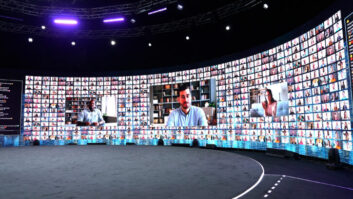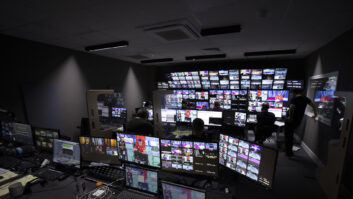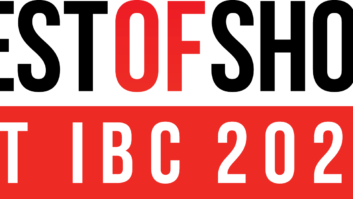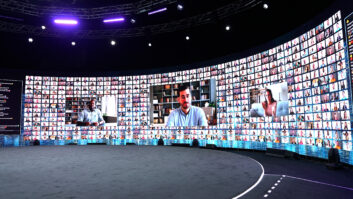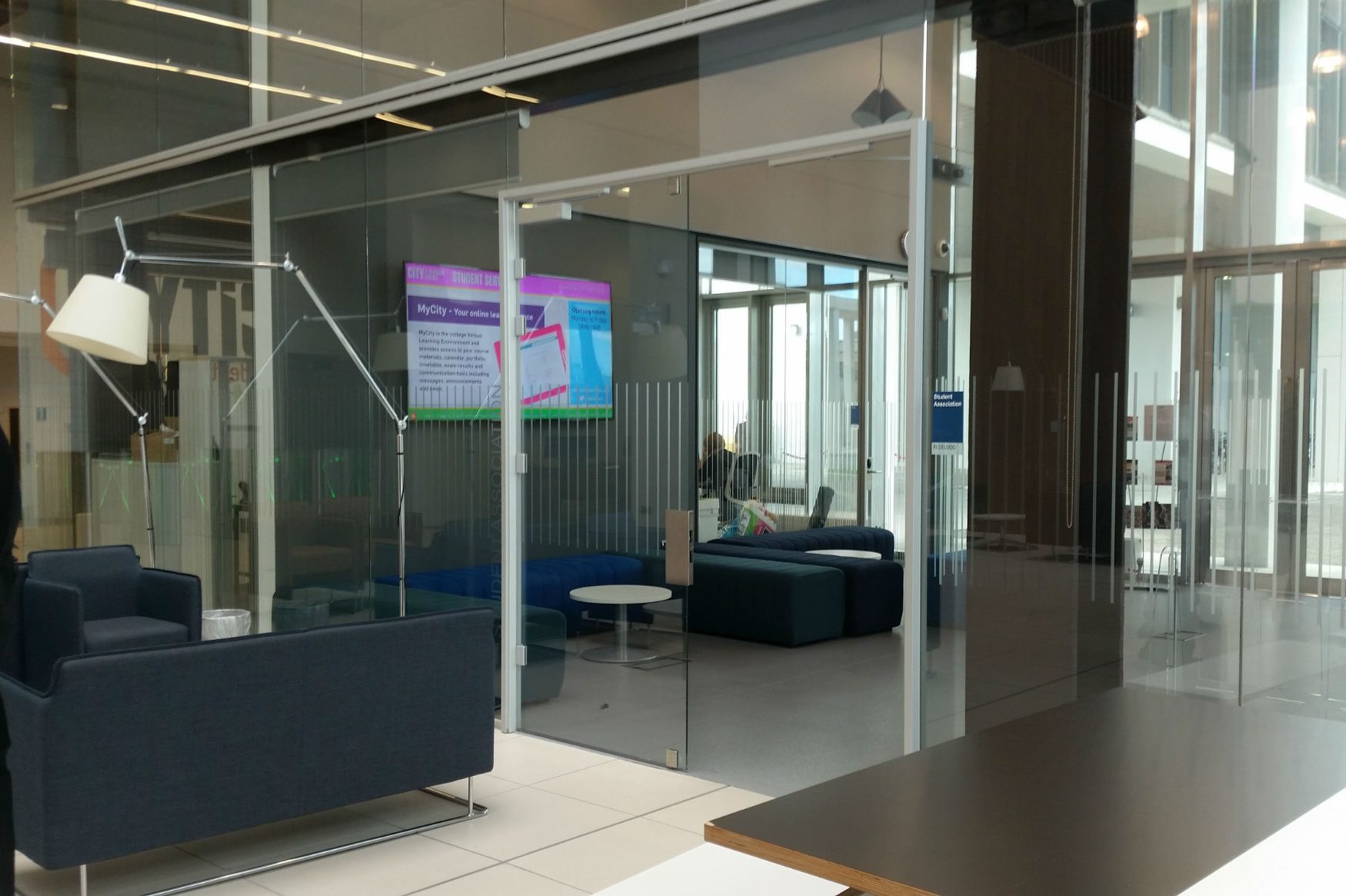
Having previously looked at the closer ties between the AV and broadcast worlds, before considering the opportunity presented by the integration of IPTV and digital signage, Ian McMurray concludes this feature by revealing the challenge for integrators in adapting to a number of industries with different requirements.
The manufacturers’ enthusiasm for the opportunity presented by the integration of IPTV with digital signage is supported by the numbers. According to researcher Markets and Markets, the worldwide enterprise video market is expected to see a 16.7% CAGR between now and 2020 – by which time it will be valued at close to $37 billion. Credence Research puts the growth numbers slightly lower, forecasting a CAGR of 11.2% over the next six years. Market Research Future, on the other hand, sees higher growth – of 31% per year – but estimates the total size of the market as being slightly lower at $31 billion by 2022.
Whatever the numbers, there seems to be a consensus that this is an expanding market – and therefore one that AV integrators will be eyeing with interest. The question, then, becomes how to address it? Should an integrator, for example, focus on corporates, or sports facilities, or hospitality and leisure?
“An AV integrator should expect to be reasonably versed in multiple sectors of the market, as there are many similarities and crossovers,” says Bryce Button, director of product marketing, AJA Video Systems. “Whether you’re working in broadcast or AV, all system integrators are now expected to be more familiar with network protocols, network terminology and familiarity with IP, outside of the traditional point-to-point protocols and cabling systems that are the hallmarks of SDI over BNC cabling, fibre runs and the like.”
Technology and skillset
James Keen, marketing manager, Tripleplay agrees. “You can reasonably address all market sectors with the technical knowhow and skills – but all industries are intrinsically different in the way you engage them,” he says. “Many industries rely heavily on consultant input; many require personal relationships; and some require you to be on a framework. This is the hardest part to master: the rest is just technology and skillset.”
According to Colin Farquhar, CEO at Exterity, the main challenge for integrators is to deploy solutions that can easily adapt to a number of industries with very different requirements. “For example,” he explains, “a stadium installation may require a solution that can encode content up to 4K, while a large scale corporation may require easy integration with other components like digital signage and videoconferencing. Integrators working across multiple sectors need to be able to respond to these varied demands.”
Farquhar goes on to note the importance of content protection, with integrators needing to ensure that content is accessed and distributed legally, and that the latest content protection and anti-piracy legislation is adhered to.
“With the proliferation of TV and video, organisations are now conscious of how important it is to ensure the right content is delivered legally and securely, with back-end user permissions in place to safeguard against illicit access,” he continues, “especially when the content is delivered over open networks like WiFi and the internet.”
Overriding prerequisite
It becomes apparent that, while familiarity with the customer’s business and objectives is, of course, important, the overriding prerequisite for success in the market is familiarity with, and understanding of, the technology – a point reinforced by Will Waters, director of product marketing for NewTek.
“AV systems integrators should be training up on and becoming experts in IP networks and IP technology,” he asserts. “This is the future of both the AV and broadcast video industries. As devices attach to the network, they can be connected, and new workflows will develop. Our world is full of video and this is not going to stop. A good integrator will also gain some knowledge of production. This will allow them to take a concept from the customer and make it a solution that is meaningful, powerful, and flexible.”
What advice do others have to offer?
“For any audiovisual systems integrator looking to address the broadcast market, my advice would be not to underestimate just how different the broadcast and AV markets are,” says Stephen Brownsill, audio product manager, TSL Products. “That said, the development of video and audio over IP formats, along with the solutions being offered by IT technologies, means that the technical differences between the two markets are set to reduce significantly.”
“Anybody deploying an IP-broadcast, IPTV-type solution must ensure it is genuinely futureproof,” believes Keen. “These technologies are not inexpensive, so when specifying any solution you absolutely must make sure that it is going to be a valid technology in five, 10 or 15 years. It needs to be upgradable without huge expense, it needs to be deliverable across IT systems, it needs to integrate, it needs to flex and it needs to deliver to many device types including some not yet invented. Integrators need to look at the future and determine which platforms will still be here in 10 years and start learning about them now – otherwise, they’ll be left hard wired in the past.”
Becoming increasingly alike
As the AV industry migrates to an IP-centric, IT-oriented future, it becomes clear that, in some ways, broadcast and AV will become increasingly alike: at their heart will be the network. That’s not to underestimate the value that AV integrators will continue to bring: the foundations on which the applications of the future will be built will be similar – but knowing what makes great video and great audio will remain a key differentiator.
Waters has two recommendations. “First,” he says, “the secret to success is to be willing to accept the change that is happening in the industry and keep up with trends. The second is that, as with any other application, AV integrators ultimately are responsible for creating a solution for their customers. This means selecting the right gear for the right application and having the expertise to configure it all together correctly. We at NewTek are very grateful for what the integrator brings to the process.”
Despite their shared preoccupations, IBC and ISE will undoubtedly remain two very distinct – but increasingly complementary – shows. Those who have historically only visited one of them can certainly now justify attending both. What’s not to like?
www.aja.com
www.exterity.com
www.newtek.com
www.tripleplay.tv
www.tslproducts.com
